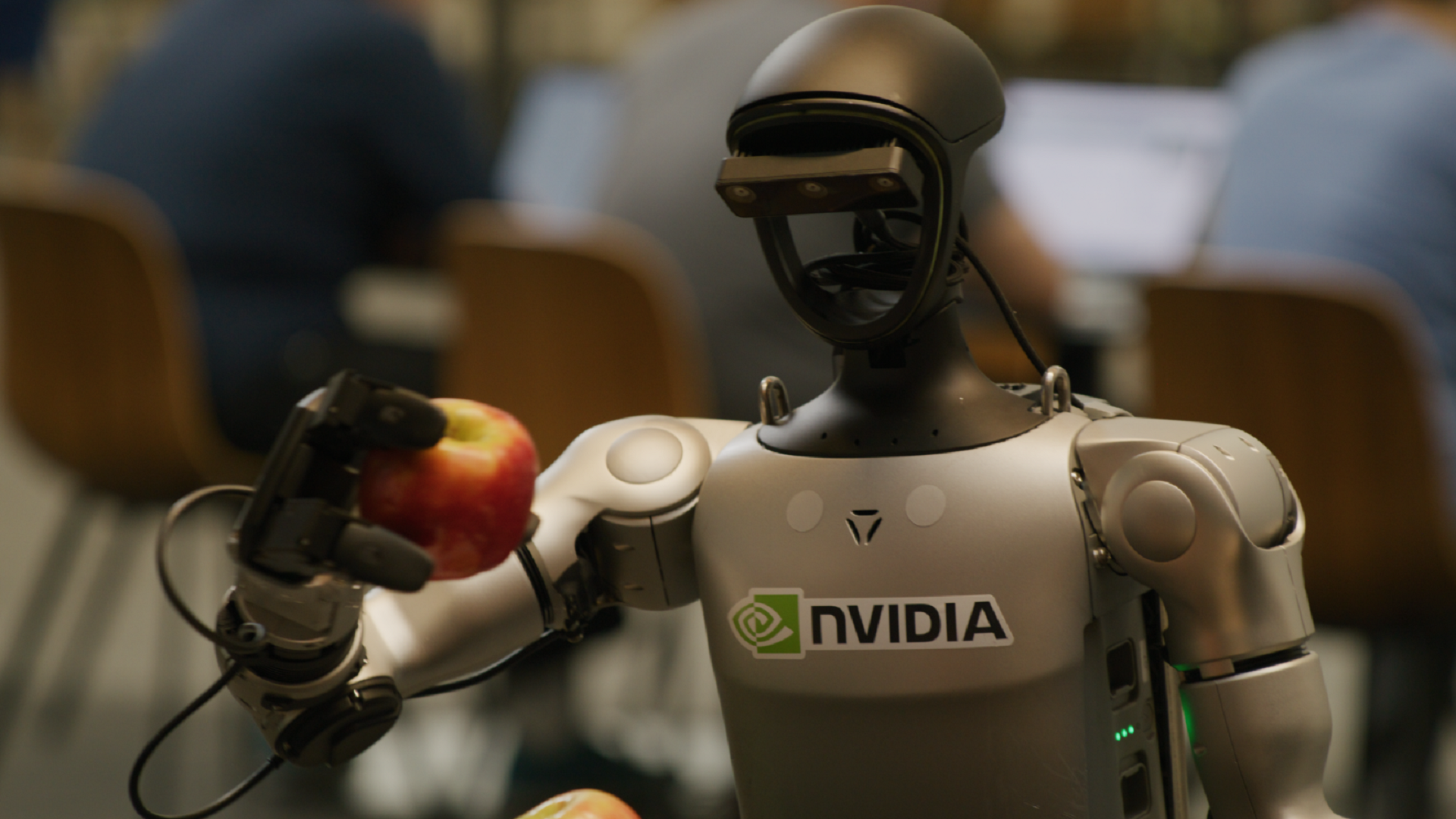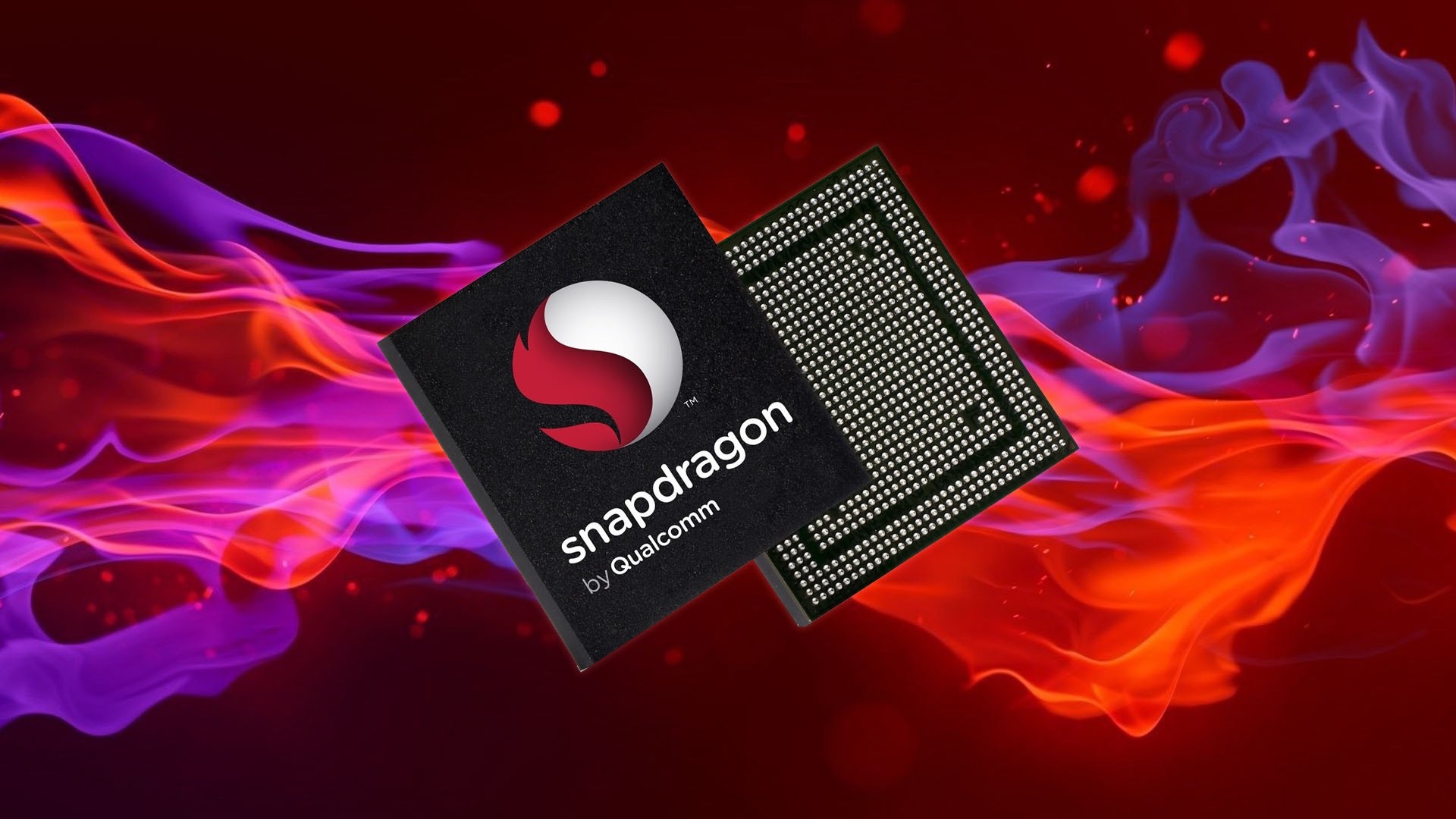
Robots just got a new brain and body.
NVIDIA has unveiled a sweeping set of updates that could accelerate the development of humanoid robots and physical AI.
The company announced the open-source Newton Physics Engine, the latest Isaac GR00T N1.6 robot foundation model, and expanded AI infrastructure, all integrated into its Isaac Lab platform.
Together, these technologies give researchers and developers a unified, open, and accelerated robotics stack.
The tools promise to speed up iteration, standardize testing, unify training with on-robot inference, and help robots transfer skills more safely from simulation to the real world.
“Humanoids are the next frontier of physical AI, requiring the ability to reason, adapt and act safely in an unpredictable world,” said Rev Lebaredian, vice president of Omniverse and simulation technology at NVIDIA.
“With these latest updates, developers now have the three computers to bring robots from research into everyday life — with Isaac GR00T serving as robot’s brains, Newton simulating their body and NVIDIA Omniverse as their training ground.”
The updates also underscore NVIDIA’s ambition to define the standard platform for building general-purpose robots, especially humanoids, which demand precise physics and complex reasoning to function in human environments.
Newton redefines robot physics
The beta release of Newton Physics Engine, announced today, is open-source, GPU-accelerated, and managed by the Linux Foundation.
Built on NVIDIA Warp and OpenUSD frameworks and co-developed with Google DeepMind and Disney Research, Newton is designed to handle the extreme demands of humanoid simulation.
With its flexible solvers, Newton allows developers to simulate complex, real-world tasks ranging from walking on snow and gravel to manipulating fragile objects like cups and fruit.
Such capabilities are critical for ensuring that what robots learn in simulation can be reliably deployed in real-world environments.
Early adopters include ETH Zurich’s Robotic Systems Lab, the Technical University of Munich, Peking University, robotics firm Lightwheel, and simulation engine company Style3D.
Brains built for reasoning
Alongside Newton, NVIDIA introduced Isaac GR00T N1.6, an open robot foundation model that integrates NVIDIA Cosmos Reason, a reasoning vision language model designed for physical AI.
Acting as a robot’s “deep-thinking brain,” Cosmos Reason helps humanoids interpret vague instructions, use prior knowledge, and generalize across new tasks.
Cosmos Reason has already been downloaded over 1 million times and tops the Physical Reasoning Leaderboard on Hugging Face.
It is available as a NVIDIA NIM microservice for model deployment. Isaac GR00T N1.6 also expands robots’ ability to move and manipulate objects simultaneously, handling tougher challenges such as opening heavy doors.
Developers can fine-tune GR00T models with the NVIDIA Physical AI Dataset on Hugging Face, which has been downloaded 4.8 million times and now includes thousands of synthetic and real-world trajectories.
Leading robotics firms including AeiROBOT, Franka Robotics, LG Electronics, Lightwheel, Neura Robotics, and Techman Robot are evaluating GR00T models for humanoid development.
NVIDIA also announced Cosmos World Foundation Models for generating synthetic data, a new grasping workflow in Isaac Lab 2.3 tested by Boston Dynamics’ Atlas, and Isaac Lab – Arena, an open framework for scalable evaluation of robot skills.
To power it all, the company introduced AI infrastructure like GB200 NVL72 systems, RTX PRO Servers, and Jetson Thor modules for real-time, on-robot intelligence.
Taken together, these updates position NVIDIA as the hub where physics, reasoning, and AI infrastructure converge, pushing humanoid robotics closer to everyday reality.



